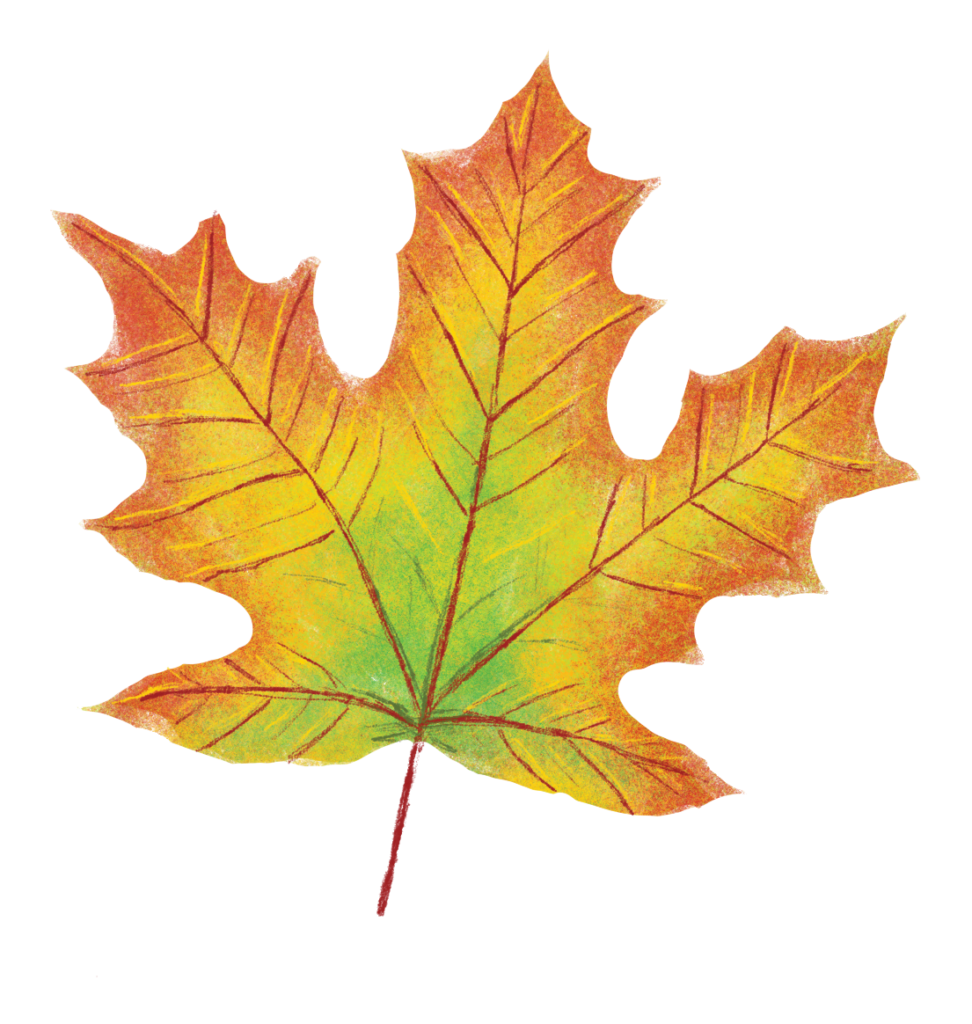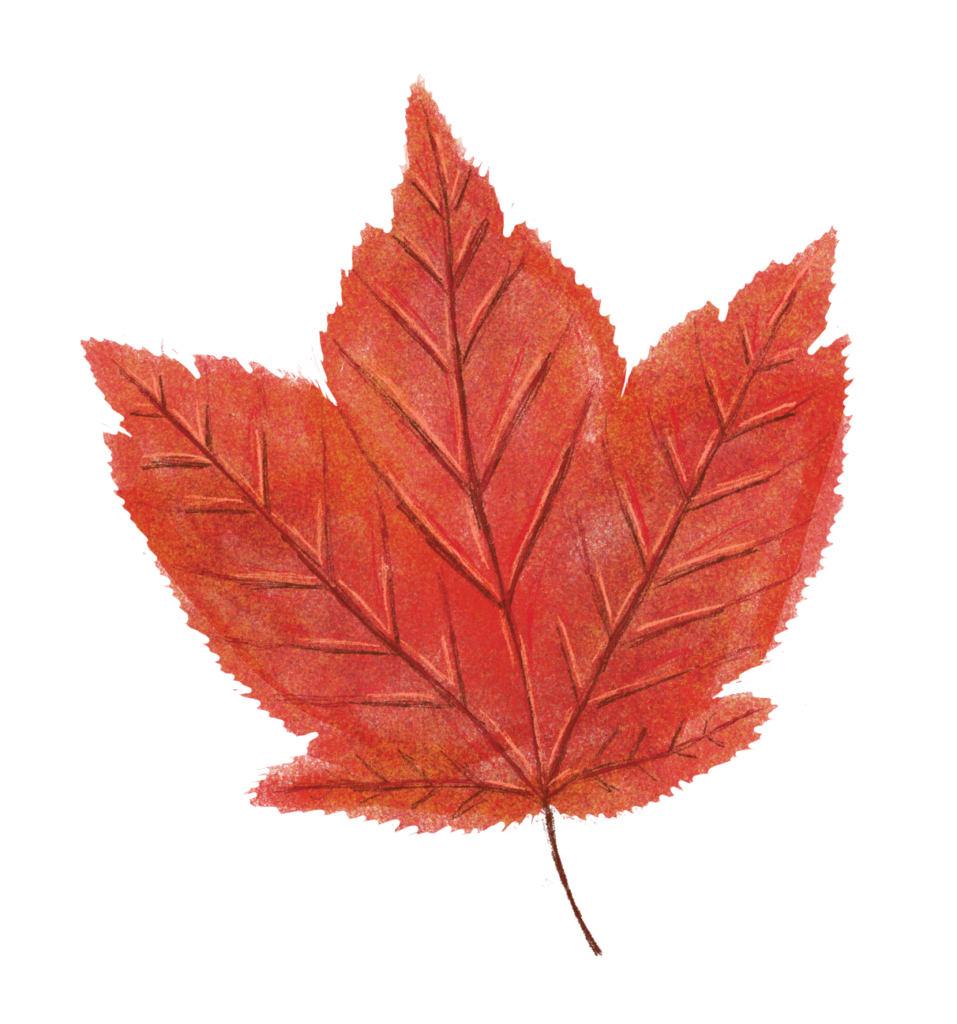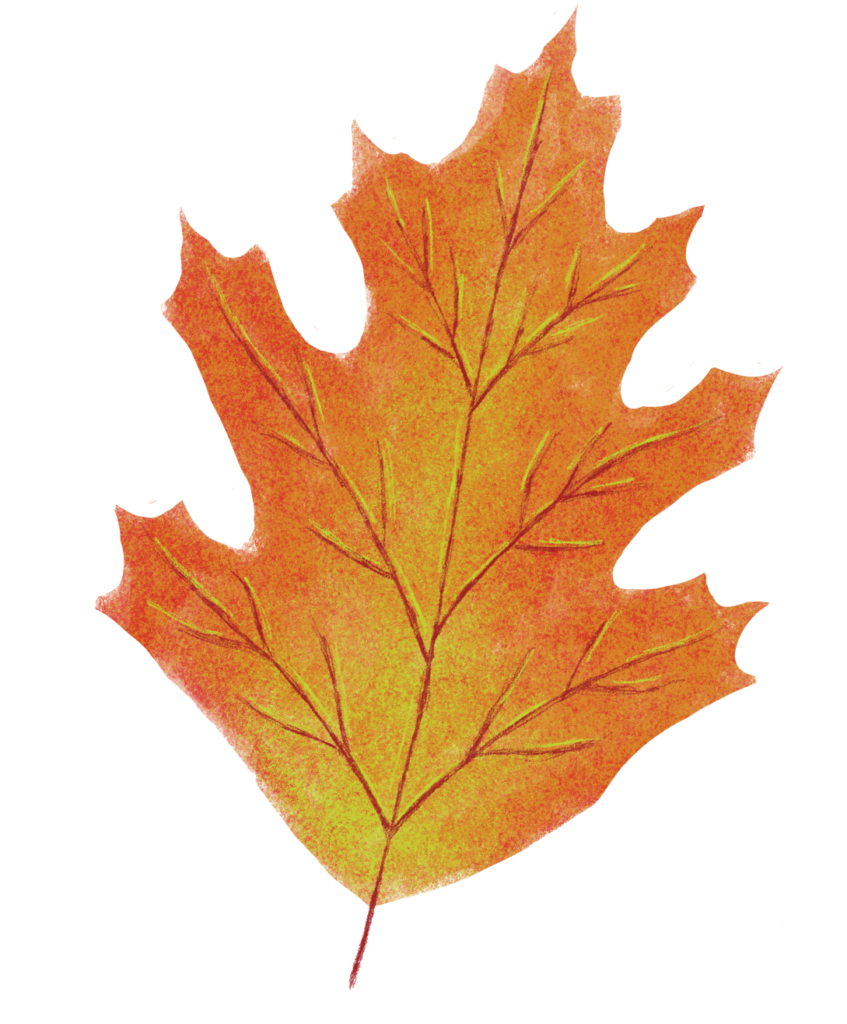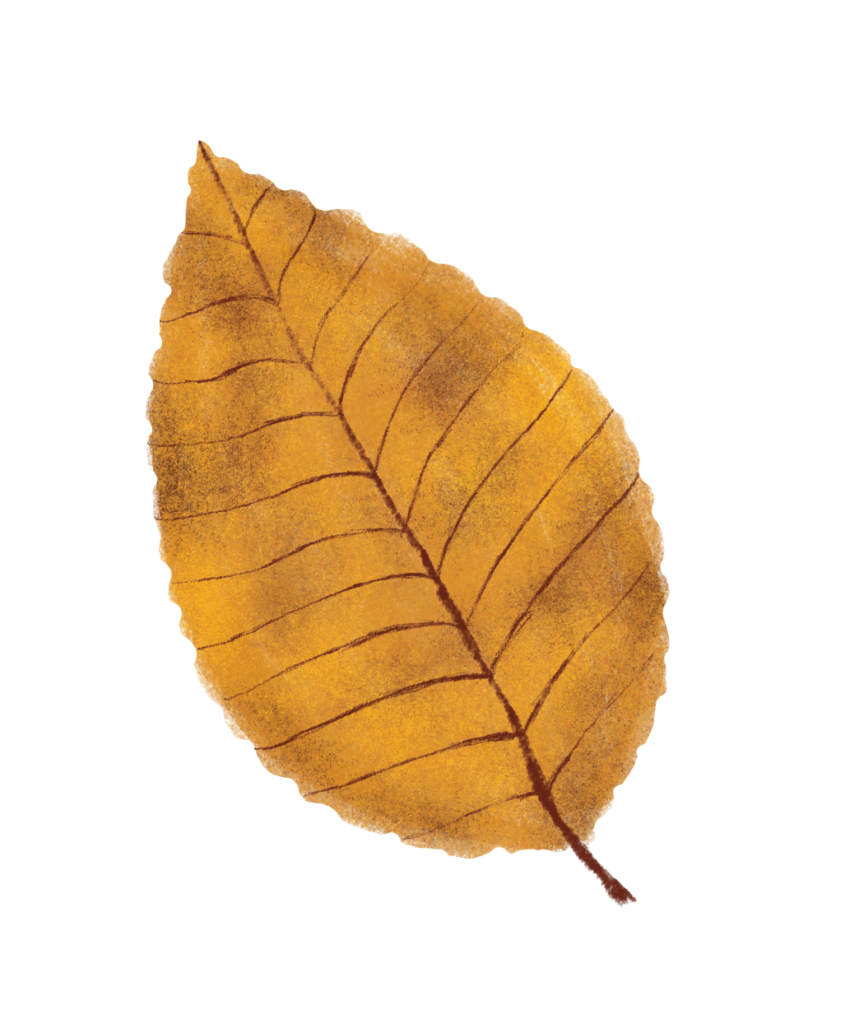Autumn is my favorite time of year. The cool weather, colorful leaves, and fewer bugs make it a great time to be outdoors, and as few places in the world get colorful displays like we get in New England it is one of the things that makes this a special place to be. Leaves are a wonder, and the photosynthesis they perform, taking water, carbon dioxide, and sunlight and creating food is what supports life on Earth. As the days get shorter and cool down, the chlorophyll in leaves no longer receives enough sunlight to make sugars, it fades away, leaving a variety of other colorful chemicals in leaves to shine through and make for amazing displays.

The most colorful leaves in New England are those of the Sugar Maple. Sugar Maple leaves are composed of five deeply indented points that in fall turn the most brilliant orange and yellow.

Red Maples in the swamps have three pointed leaves with much less indenting than Sugar Maples. The Red Maples are among the first trees to turn color and have brilliant red leaves.

Northern Red Oaks are common in New England, often growing on relatively dry slopes. The large leaves have seven or nine lobes ending in small points (White oaks have no points). Late turning trees, Red Oaks become a subdued red before fading to brown.

Beech trees are renowned for their smooth gray bark. Their leaves are ovate, about five inches long, leathery, with many small teeth. They fade to brown in the fall, and out of the wind the leaves may stay on the tree right through winter, the nearly white leaves only falling when the new leaves are about to erupt in the spring.